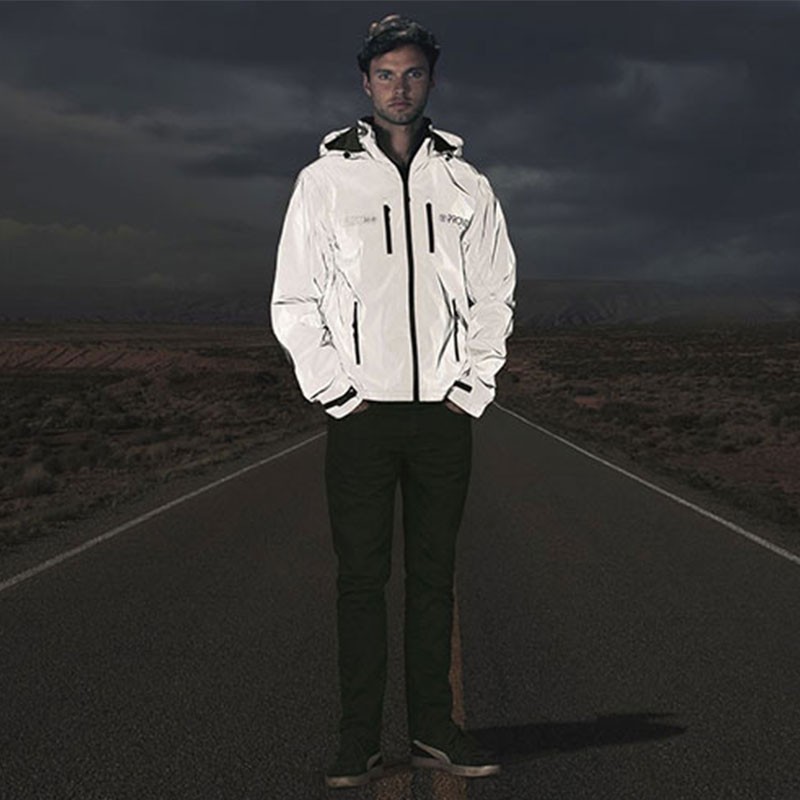The Success Story & Man Behind Global Brand Proviz Sports
You founded Proviz in 2008 when you were 30. What were you doing at the time?
My brother was working in banking and I was in headhunting, both in London. We had always wanted to run a business together and knew we had the trust and the same motivation to succeed, but we needed the right idea. This one felt right.
Where did the idea come from?
Cycling to work over a five-year period, I was noticing more and more people at the traffic lights on their bikes. Whereas it used to be myself and a handful of others, this was changing and the numbers were increasing until it was virtually more cyclists than cars. I saw how hi-vis attire on cyclists was often improvised: some were sticking fluoro yellow tape to their helmets; others were duck-taping lights to backpacks to make themselves more visible. I thought there must be something better for all these cyclists, and so Proviz started.
Starting a new, niche product, what research did you do?
To say I was wet behind the ears in retail is an understatement. We had to learn about manufacturing, dealing with factories, tooling charges, minimum order quantities, getting to market, retail, distributors, designing, branding and fabrics. We spoke to everyone and this was where our friends came in, as everyone was keen to help. We also spoke to commuters and went in to see retailers with our prototypes to get their feedback – which was all positive, so we felt quietly confident.
How did you know your product was good enough to build a business around?
We knew from seeing the masses of cyclists on the roads. We thought, if this is happening on one street in London, then this is probably happening on all streets in London, other big cities and globally. We believed, if we got the products right – having done our research and executed it well – we would be in with a chance. My brother and I are eternal optimists.
What experience did you have in retail?
No exaggeration, we had none. But no one is born knowing this stuff, so we knew we could pick it up quickly if we put our minds to it. We’re also pretty determined. I remember being on the phone to a retailer and he said, ‘How many SKUs do you have? And do you have EORI numbers?’ It was like he was talking a different language. Thank god for Google…
So you’ve got a business idea and a full time job – what did you do next?
My brother was offered redundancy from his bank during the credit crunch, so he got things going. I was helping in the evenings and at weekends. When sales got going, I joined full time. It was a risk because I had a massive mortgage, I had recently got married and had two young kids, but we needed two people to be pushing the business forward. Sometimes you just have to seize the day.
What did the market look like at the time?
The recession had just kicked in and we strongly felt people were trying to save money by cycling into work. Cycling is good exercise and good for the environment. The Team GB cyclists had done well at two consecutive Olympics and the government had just brought in the Cycle to Work scheme and was pushing cycling infrastructure, so there was a real buzz around cycling.
How did you fund this?
We started Proviz with £4,000 – £2,000 each. I look back and have no idea how we did it. We did a Kickstarter with our REFLECT360 CRS Jacket, which was hard work because to be successful in crowdfunding you have to follow a carefully executed and researched strategy. You don’t just put something up there and hope for the best. Fortunately, we hit target: our aim was to raise £100,000, which we managed by £1. We did it as it was a good cash injection and got us into a different market. We also had investors. The first round was some small seed funding from friends and family. We had a second round about five years ago and now just invest everything back in.
Who did you turn to for advice?
Over ten years I have learnt a lot on this one. When we first started, I always thought other people would have the answers to all my questions – and they would be silver-bullet answers. I have since realised that no one knows your business like you do, so it is important to go with gut instinct. My brother and I discuss a lot of ideas; I read a lot and try to keep on the pulse of new things; and my wife has good common sense and is a great sounding board because she will very quickly tell me if something is a bad idea. We also have a non-executive director who is very successful, very supportive and a great person to bounce ideas off.
What was the plan when you launched?
The plan was to prove the concept, get some sales in and go from there. There was no specific business plan. I set up a business in 2004 and spent over a month writing a business plan, following a template, and realised the next day it was out of date. I don’t believe you need to write a full business plan. A summary document is absolutely fine for setting out the key ideas. Then it just morphs and evolves naturally. I reckon I add over 20 ideas into my phone notes every day. The business has changed course with the ever-changing retail and consumer landscape. We have made good and bad decisions. The best thing we have done is stick to our core initial aim and stay true to our niche of reflective and hi-vis premium sportswear. Keeping to premium products in our vertical has enabled us to carve a good name with the core value of making a difference in people’s lives.
How did you navigate price points?
Pricing was another thing we had to learn quickly. It wasn’t easy. I think we went too high on some products and too low on others. It is really important to value what you are creating and not to undersell. A lot of time and research goes into the products – you have to value this.
Did you start small, or burst in and disrupt?
Our aim was always to disrupt a very unglamorous space. Ten years ago, hi-vis was just vests for road workers. We thought we could disrupt the space quickly, but soon realised it takes a lot longer – and we had a very, very limited budget. I am naturally quite impatient, so was keen for high impact, but we had to go methodically. I feel we’ve made our mark now; we have over 70,000 social media followers with regular postings of customers in their gear. We recently won the Amazon Growing Business Award, which is the most prestigious such award in the UK. We had to go up in front of a judging panel, who said we won because we disrupted a very uncool space. It has taken a bit of time, but it is great this has been acknowledged.
How did you get the press to listen?
I noticed how much the press talked about the clocks going back at the end of October. Every national newspaper ran a story on it, so it was a great time for us to launch our REFLECT360 jacket. The press like innovative things and I think some of our products captured their imagination. We always sent out samples. When we launched the REFLECT360, selfies had just come in and we encouraged journalists to take photos of themselves. The jacket pings with the flash and people just loved it. We have also worked with the brilliant PR agency Fusion Media.
What publicity has really driven growth?
Word of mouth is huge for us. We hear hundreds of stories from customers saying they are cycling or running, and someone comes up to them and says, ‘Where did you get that jacket from? I saw you from miles away.’ It is a naturally viral product.
Tell us about where you initially sold, and how do sales look today?
We started out just with wholesale, selling to distributors who then sold to retailers (a mix of independent and chain stores). A couple of years later we launched our first e-commerce website. Now we have a mix of wholesale, market places (Amazon) and online. In the last couple of years, we have put an incredible amount of resource and effort into making our website world class, and recently won the Best Fashion E-Commerce Website at the National E-Commerce Awards for Excellence, which was a proud moment.
With such huge brands in the industry, how do you compete to establish yourself as a small business?
I believe in having something niche. There is no point just doing copycat products. Keep changing the brand and hope for the best. There has to be a USP. If you get that right, and keep pushing it and believe in it, you will get there.
How do you ensure brand longevity?
By focusing on specialist, innovative products and making them incredibly well with no compromise, never resting on our laurels, being versatile, embracing change and opportunities, and continuing to focus on exceptional customer services.
In a crowded market, how close can you play it to existing brands?
We stick to our own ideas and designs, and we take feedback from customers as they are amazing with their suggestions. We avoid playing it close to existing brands as there are a lot of people doing the same kind of thing, so we try and stand out with different products. When we first started, I would get the fear if I saw a similar product, but now I see it as a compliment if people have tried to copy us. We see it and ignore it. We focus on our own brand, rather than spending too much time worrying about competition.
What are the projections for the next five years?
A massive focus on continuing to scale our e-commerce platforms. We have just opened a warehouse in Germany, which is a big project for us and we see huge potential there. We are looking to continue our expansion in the US and Australasia, then we would like to look at the Asian market. We have a big focus on expanding ranges horizontally to offer more products per category, as well as going into the athleisure market, and increasing brand awareness.
What are your big challenges for the next five years?
The big challenges are the seasonality of Proviz. To counter this, we have been pushing hard in Australasia, where our summer is their winter. This has worked well. We are also launching more summer-focused products. The other challenges are always quantities of stock and the launching of new products, because you are never sure how they will go. Keeping a cap on marketing budgets is another ongoing challenge. We would love to be able to release the reins more on this in the future.
How have you made sure can pay the mortgage and look after the family while not being able to rely on a monthly paycheck?
It has been incredibly challenging at times, but running your own business means you are in control of your destiny. This just drives you on harder, and we have been brought up to be very diligent and determined to reach our goals. I like being in control of my future. I work much better that way and am way more focused. I think this would be the same for my brother.
How would someone else know when to take the plunge and set up their own business?
We are really lucky living in the UK. The government massively supports entrepreneurship and the route to market is easier than it has ever been. It doesn’t need to be the full plunge; you can start part time, then go full time once things are moving. If you have an idea, you will kick yourself for not trying. There is access to everything online now: you can have an e-commerce site set up within a day and design your own brand online, whereas it used to all have to be outsourced at great expense. It is important to back and believe in yourself.
Visit Proviz and use the code SL20 for a 20% discount for SLMan readers
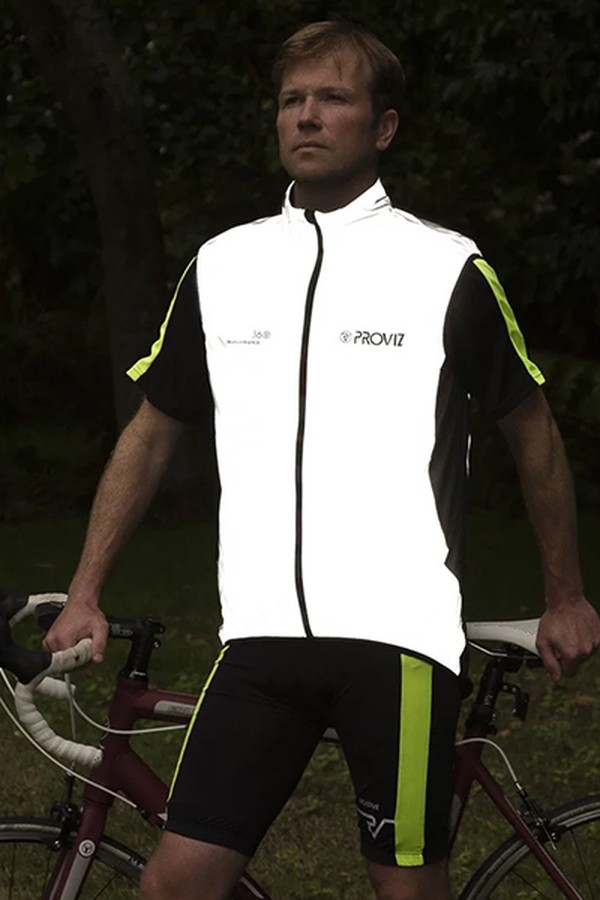
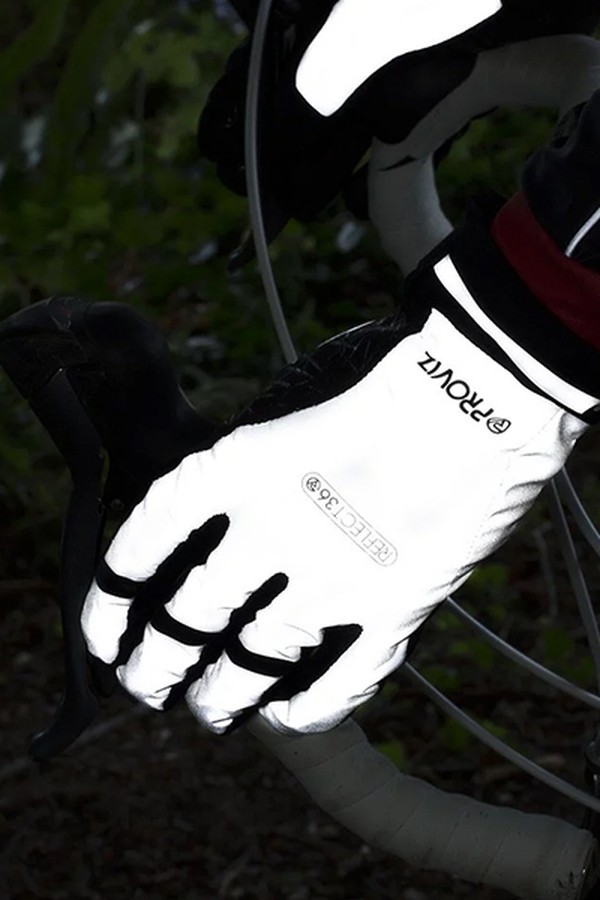
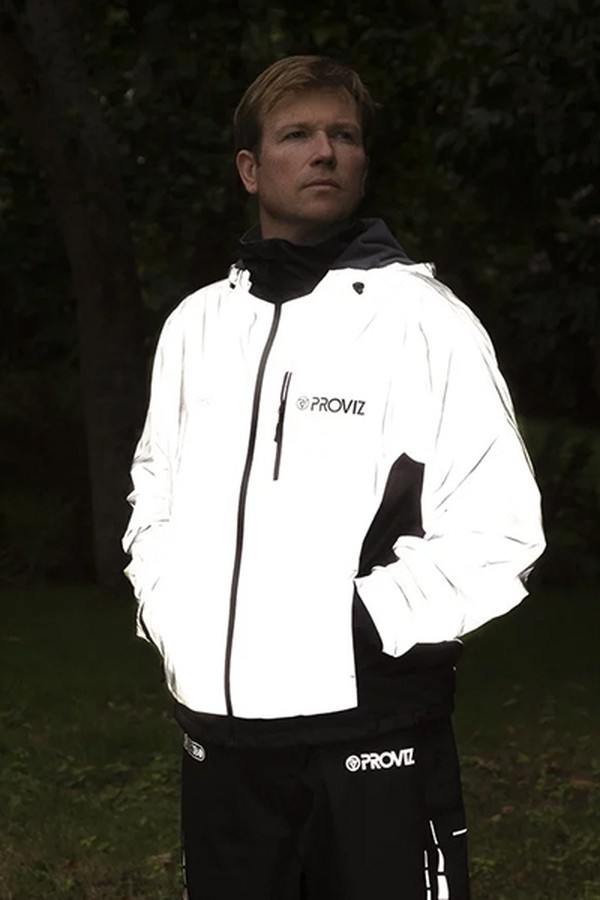

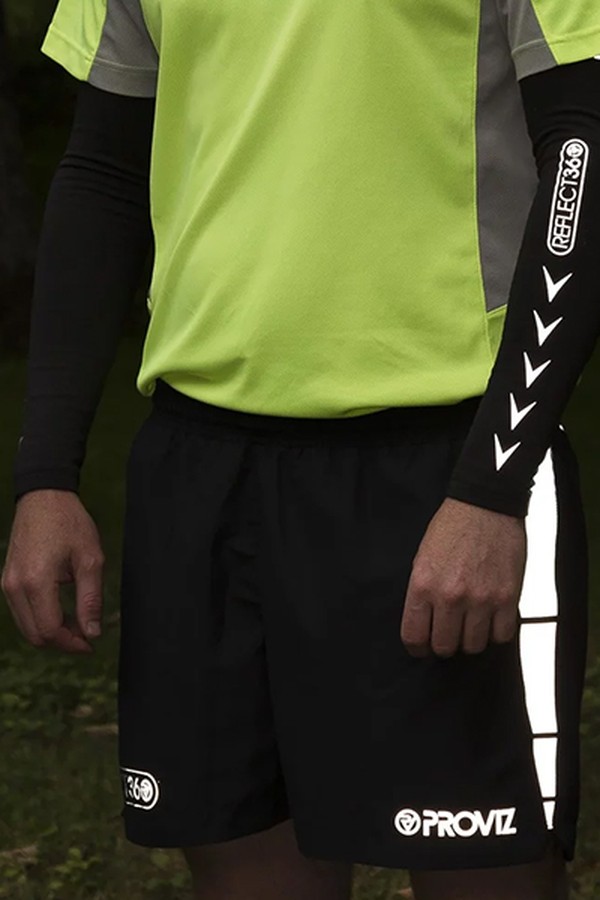
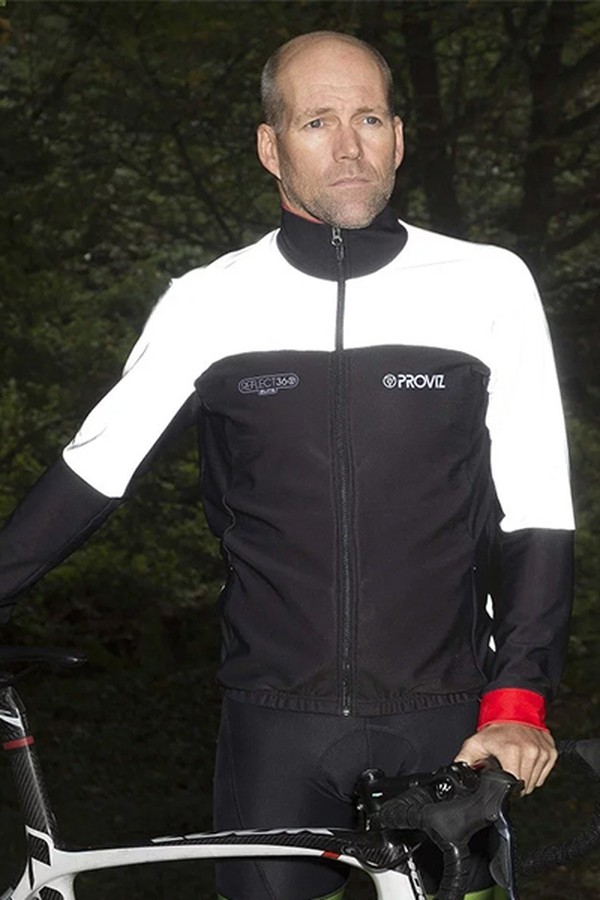
DISCLAIMER: We endeavour to always credit the correct original source of every image we use. If you think a credit may be incorrect, please contact us at [email protected].
